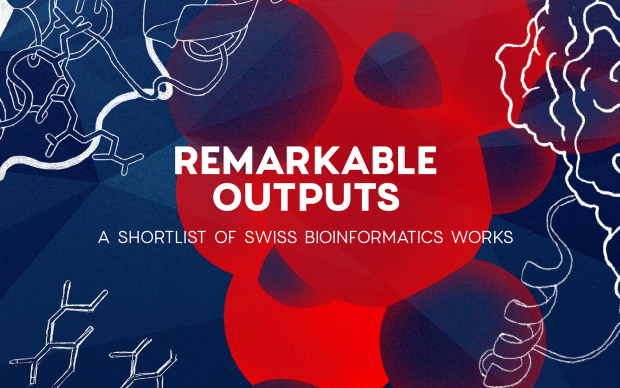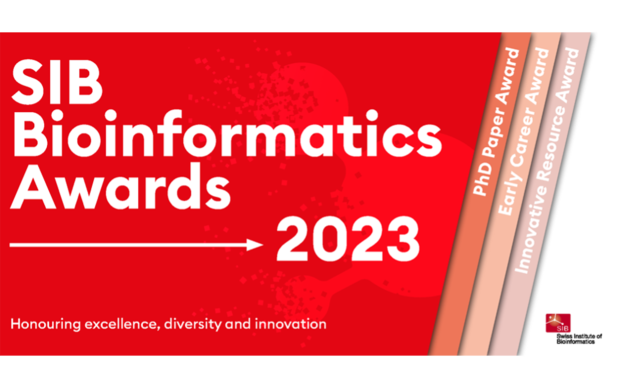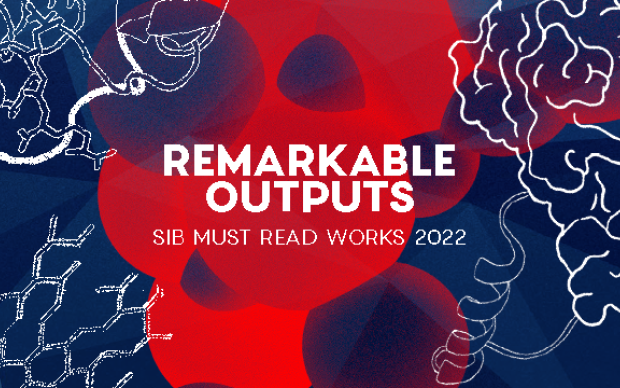Michael Skinnider, assistant professor at Princeton University (US), received the SIB Bioinformatics Early Career Award 2025 at the [BC]2 conference in Basel. The jury was particularly impressed by the originality and breadth of impact of his research. His work bridges computational biology and experimental approaches, from developing new methods for proteomics and metabolomics to applying single-cell and spatial transcriptomics in neuroscience. He sat down with us after the ceremony to tell us about the significance of this distinction.
How does it feel to be a SIB Award Laureate?
It feels great. It's particularly meaningful for me because several of the past winners of this award and their work have been very inspiring and important to me. It is an honour to be in the same company.
What does this recognition mean to you and your research?
It is extremely important. As an early career investigator, I am still trying to make a name for myself in the field. An opportunity to present in front of so many leading figures in computational biology and share our work represents a fantastic chance to do that.
It is also quite intimidating to forge a new research direction, particularly in a smaller field like computational mass spectrometry for small molecules. Knowing other people consider this work interesting is a great validation which will spur us to continue pushing this line of work forward.
Why do you think awards like this matter for bioinformatics?
These awards put an unusual emphasis on developing resources and software, in addition to the conventional discoveries that many other institutions and communities value. I found it striking for instance that Robert Waterhouse [ed. SIB Award Committee] introduced me at the Award ceremony by mentioning that I had developed some Bioconductor packages. Such emphasis is great, as it is one of the most important ways that one can contribute to the bioinformatics and broader life science community.
What would you like to share about the people, collaborations, or even bioinformatics resources that made this possible?
Good question. It is resources all the way down, so to speak. Firstly, we needed access to a database of metabolism to train our model. Secondly, our work to discover new metabolites has relied, in part, on public repositories of metabolomic experiments that researchers shared publicly with the world. Using this data, we could validate predictions about new metabolites that had been made computationally. And, thirdly, we also built on existing machine learning approaches – some of which were pioneered, for instance, in the pharmaceutical industry.
We're standing on the shoulders of giants to do the work we are doing.
Any words for the future generations of bioinformaticians?
My advice is to read as much as possible. Reading older papers, even decades-old papers taught me a lot about pitfalls and the importance of questioning the observations you make.
What are your current research interests?
My group is broadly interested in developing computational methods to discover new metabolites. As we've had more success with metabolite discovery, our attention turns towards functionally characterizing those metabolites. For instance, predicting what enzymes they might bind to or in which biological processes they are involved.
Another big theme is to develop better machine learning models, for instance through learning from unlabelled data. Much of the power of large language models such as ChatGPT comes from training on unlabelled text. Along with other labs around the world, we have been experimenting with training models with unlabelled mass spectrometry data.
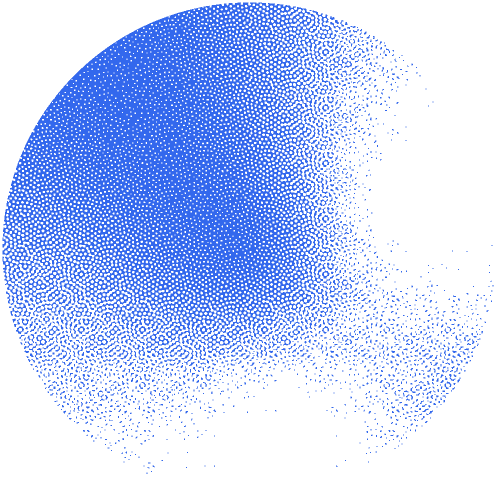

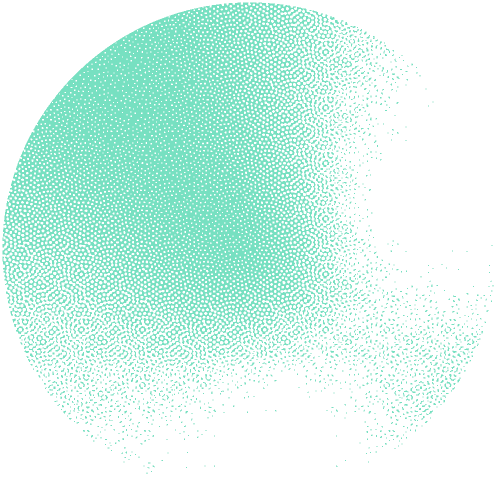
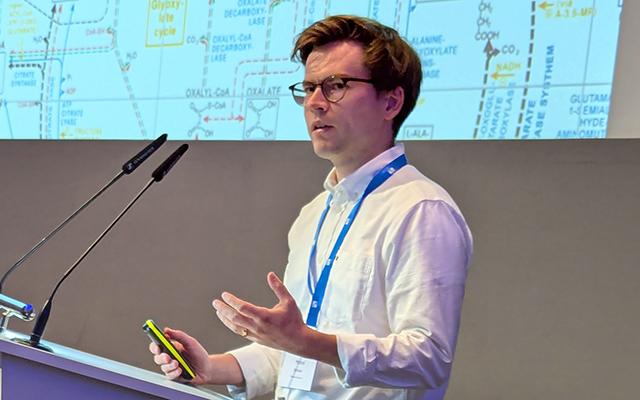
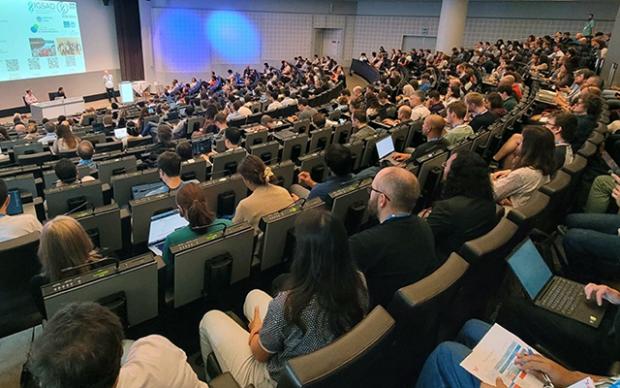
![David Meyer presenting at the [BC]2 Basel Computational Biology Conference](/sites/default/files/styles/card_image/public/2025-10/david-meyer-banner.jpg?h=602a36b5&itok=JRGMwIRV)
![Ilan Gold presenting at the [BC]2 Basel Computational Biology Conference](/sites/default/files/styles/card_image/public/2025-10/ilan-gold-banner.jpg?h=602a36b5&itok=YvC9BUMP)
